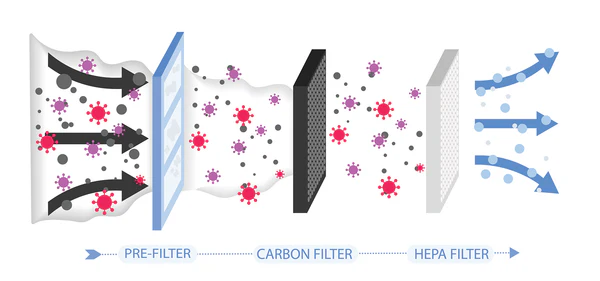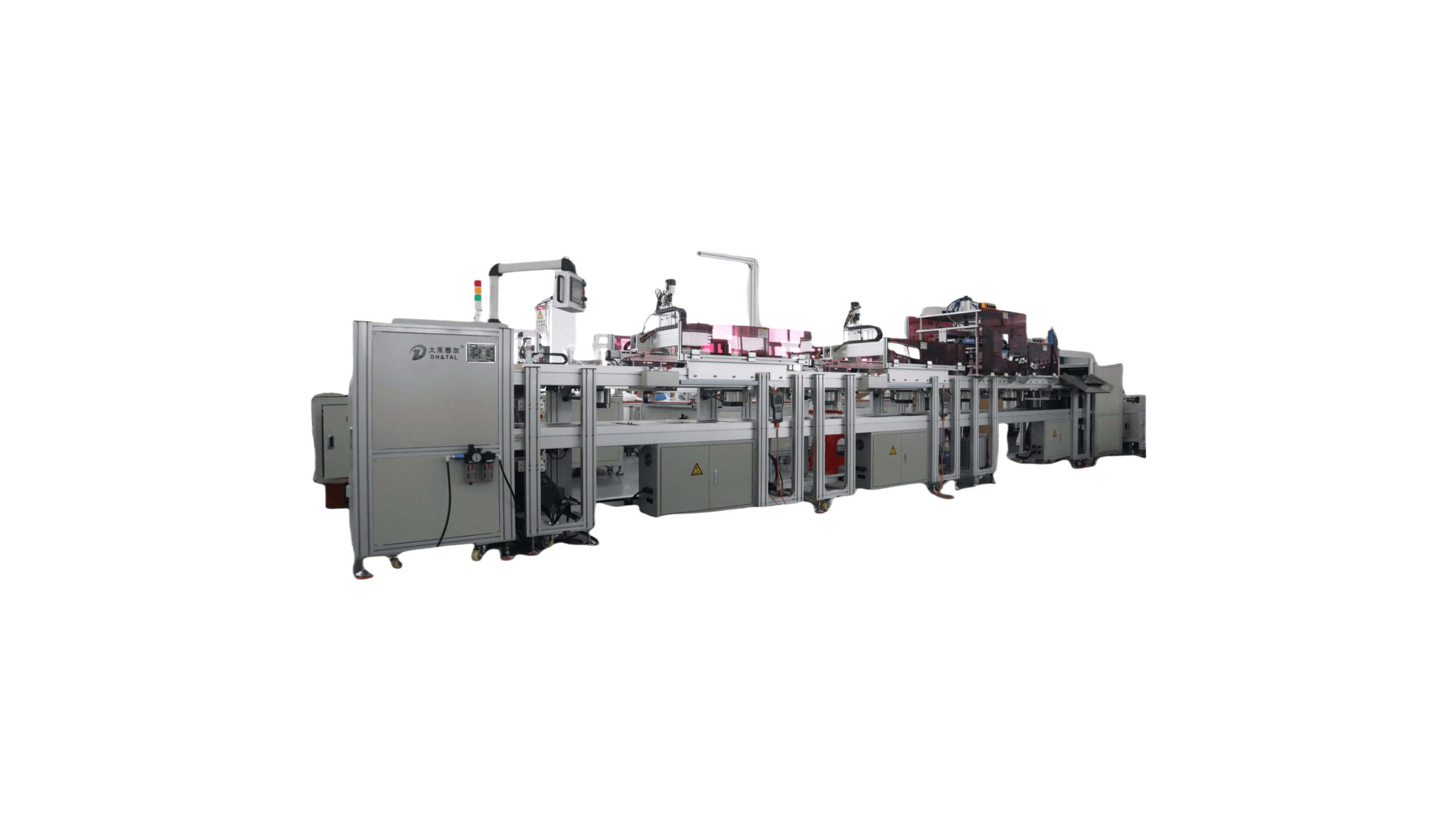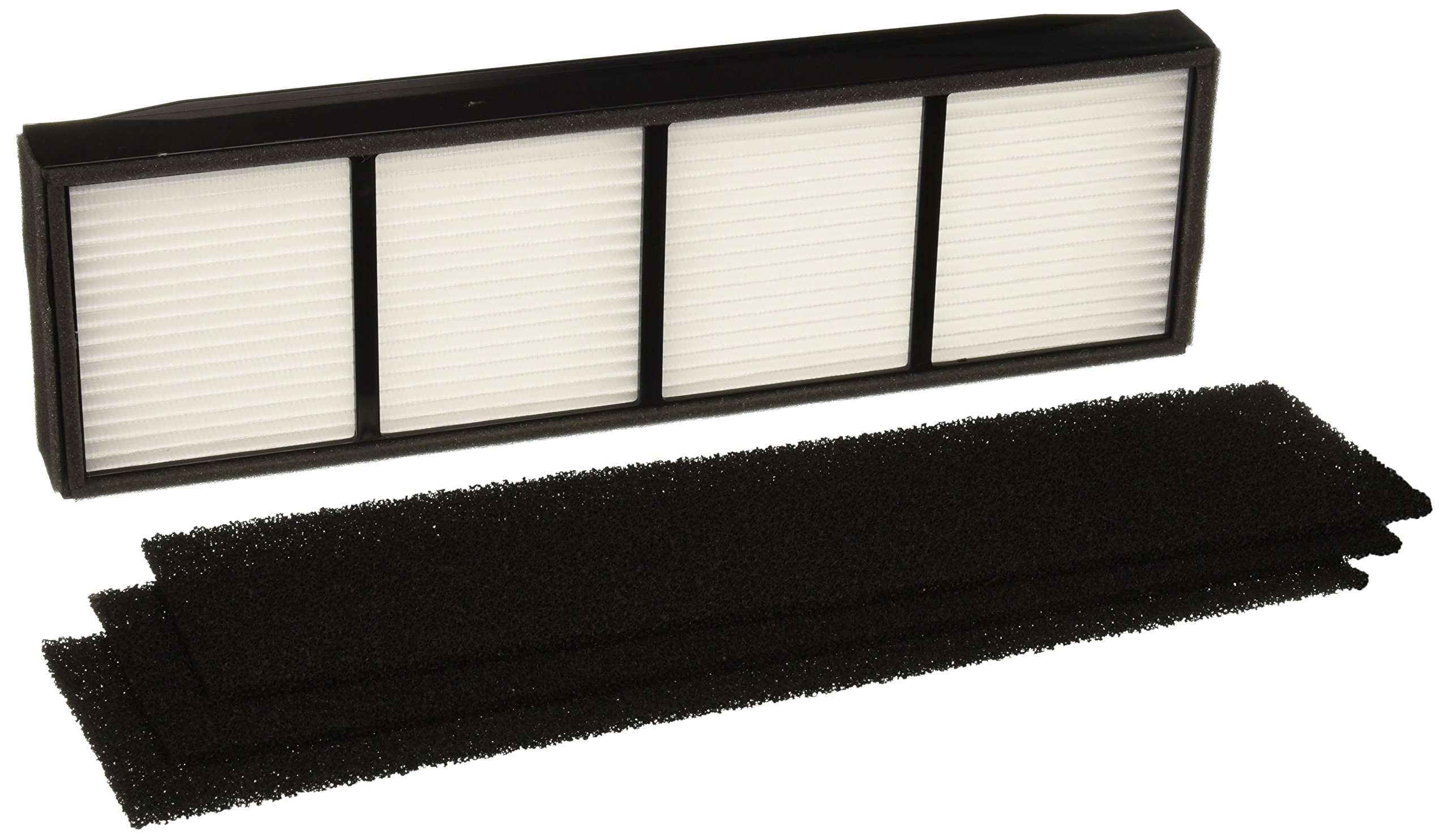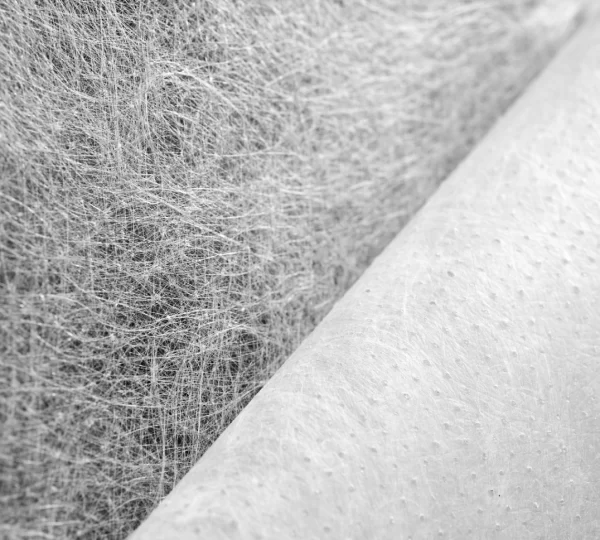HEPA filters are the cornerstone of clean air systems, capable of capturing 99.97% of particles as small as 0.3 microns. At the heart of their effectiveness lies a key manufacturing process: the precision pleating of the HEPA Filter Manufacturing Machines. Precision pleating ensures optimal particle capture and brings the best filtration results. This guide will share the importance of precision pleating in HEPA Filter Manufacturing Machines and HEPA filters.
Precision pleating of HEPA Filter Manufacturing Machines ensures optimal particle capture
The efficiency of HEPA filters depends on their pleat structure. The precision pleating of HEPA Filter Manufacturing Machines creates uniform micron-scale pleats, maximizing surface area while maintaining consistent airflow. Even a slight deviation in the pleat spacing can develop gaps for harmful particles to escape. Dahe’s intelligent HEPA Filter Manufacturing Machine uses a PLC control system that can achieve a tolerance of ±0.03mm. For example, a standard 12-inch deep HEPA filter has 220 pleats, requiring each pleat to be spaced within 2.75mm. This precision ensures that particle capture is not compromised.
Meeting global standards requires HEPA Filter Manufacturing Machines with precision
HEPA filters are subject to stringent certifications such as EN 1822, ISO 29463, and ASHRAE 52.2. These standards require rigorous particle retention, pressure drop, and leak rate testing. The precision pleating of the HEPA Filter Manufacturing Machine ensures that the pleat geometry perfectly aligns with these benchmarks. When one manufacturer used outdated pleating equipment during EN 1822-5 certification, the failure rate was as high as 12% due to irregular pleats. After using Dahe’s intelligent HEPA Filter Manufacturing Machines, the defect rate plummeted to 0.5%, saving hundreds of thousands of dollars in rework and recall costs each year.
Reduces airflow resistance
Airflow resistance, or pressure drop, directly affects energy consumption. Poorly folded pleats disrupt laminar airflow and increase fan energy consumption by up to 35%. Precision pleating in HEPA filter manufacturing machines optimizes pleat angles (typically 45°-60°) and spacing to balance filtration efficiency and energy savings. We test pleat designs using AI-driven computational fluid dynamics (CFD) simulations. For example, a 50° pleat angle reduces pressure drop by 18% compared to a conventional 65° configuration. This innovation reduces HVAC operating costs while extending filter life.
Precision pleating enhances durability
HEPA filters are subjected to constant mechanical stress from airflow cycles. Weak or uneven pleats can unravel, causing structural damage. Precision pleating in HEPA filter manufacturing machines ensures that pleats are mechanically locked using ultrasonic welding or heat-activated adhesives. Dahe Intelligent’s precision pleated filters in pressure testing maintained 97% structural integrity after 15,000 pressure cycles, compared to only 68% for manually pleated units. This durability is critical to industries such as aerospace, where filter failures can compromise sensitive avionics systems.
Bringing different customization capabilities
Industries such as pharmaceutical and biotech, home filtration, etc., require customized HEPA filters with unique pleat heights, depths, or integrated functions. The precision pleating of the HEPA filter manufacturing machine enables fast customization without re-processing. When you need HEPA filters with alternating pleat heights (25mm and 50mm) to fit a compact laboratory air purifier. The modularity brought by Dahe Intelligent’s HEPA filter manufacturing machine produces these hybrid designs in a single production run, reducing delivery time by 40%.
Have more precise filtration capabilities
The precision pleating of the HEPA filter manufacturing machine is the key to performance, compliance, and profitability. From maximizing particle capture to enabling mass customization, the cutting-edge machines provided by Dahe Intelligent would allow manufacturers to meet the growing needs of air-critical industries.






